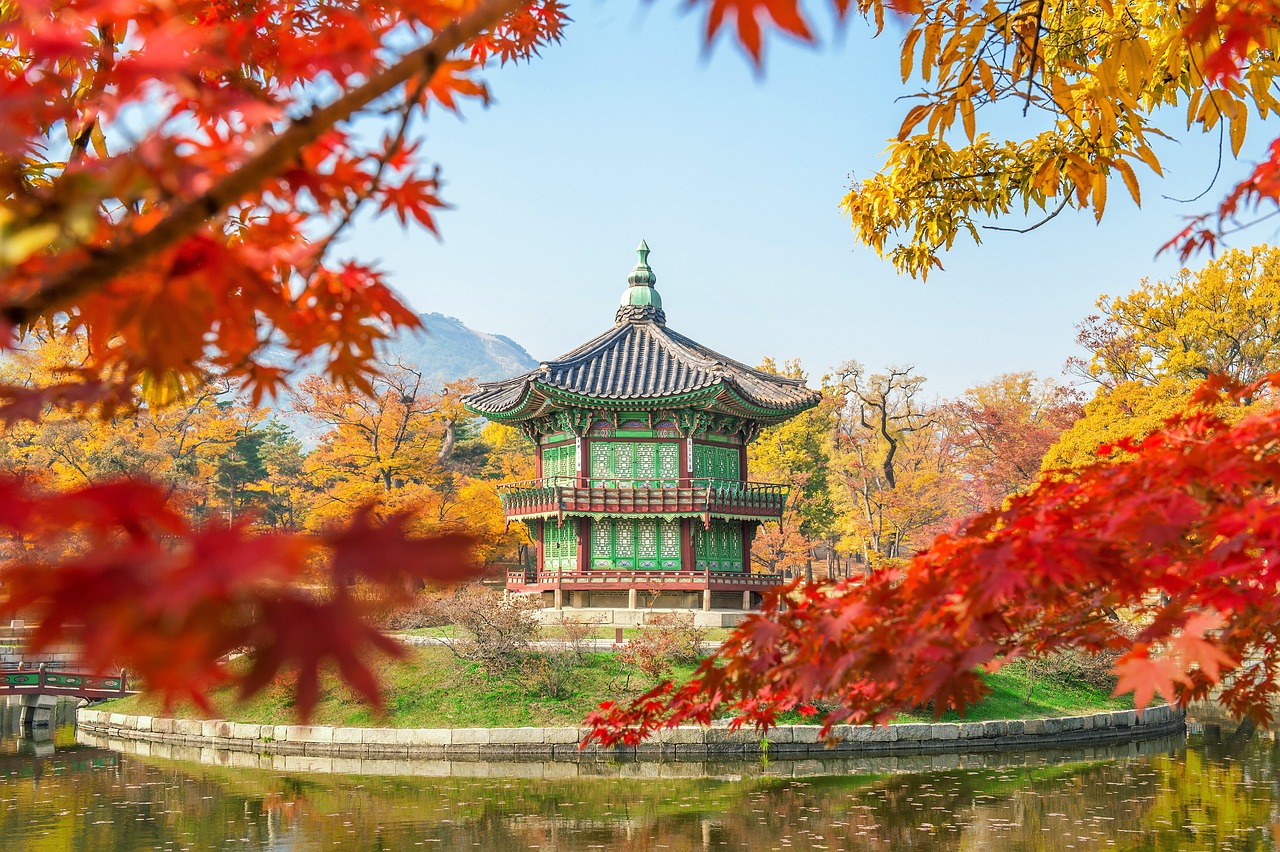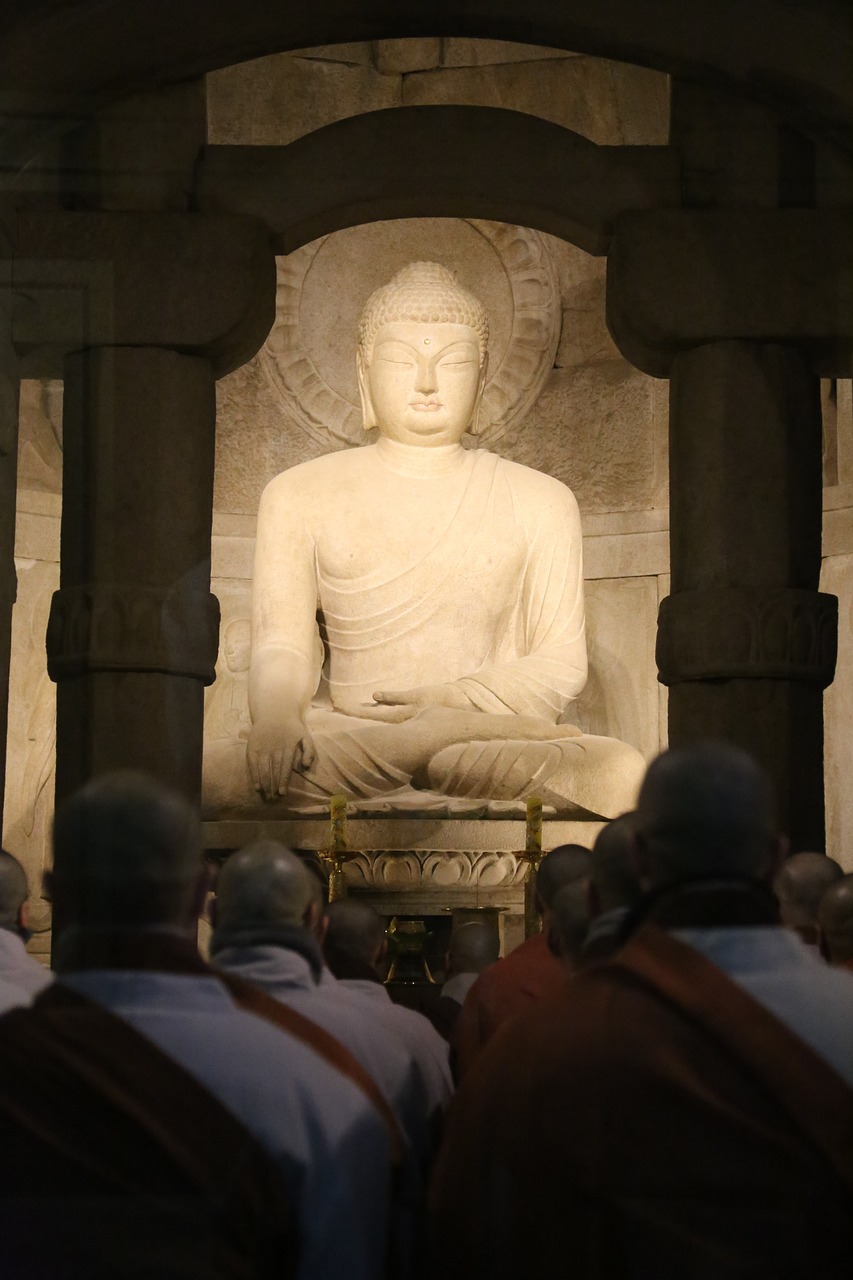한국을 여행하며 역사적 장소를 방문하는 것은 단순한 관광을 넘어, 그 땅에 살아온 사람들의 이야기를 깊이 있게 경험하는 방법입니다. 이 글에서는 여행자들이 꼭 알아두면 좋을 한국의 주요 역사 유적지와, 그 안에 담긴 스토리텔링, 그리고 문화 해설을 통해 더 풍성한 여행이 되도록 도와드립니다.
Visiting historical sites while traveling in Korea is more than just sightseeing, it is a way to deeply experience the stories of the people who lived there. In this article, we will help you enrich your trip by introducing major historical sites in Korea that travelers should know, as well as the storytelling and cultural commentary contained within them.

유적지로 보는 한국 역사
한국은 고대부터 현대에 이르기까지 풍부한 역사적 유산을 간직하고 있습니다. 고조선의 단군신화를 시작으로, 삼국시대의 백제, 신라, 고구려의 문화적 유산, 고려의 불교문화, 조선의 유교 중심 통치 체계, 그리고 일제강점기와 현대사의 흔적까지 다양한 시기의 유적들이 전국에 퍼져 있습니다.
서울의 경복궁은 조선 왕조의 정치 중심지로, 건축미와 역사적 가치가 높은 유적지입니다. 경주는 신라 천년의 수도로 불국사와 석굴암, 첨성대 같은 세계문화유산이 있어 한국 고대 문화를 대표합니다. 부여와 공주는 백제의 흔적이 남아 있는 도시로, 무령왕릉이나 정림사지 오층 석탑 등 백제인의 예술적 감각을 느낄 수 있습니다.
또한 독립운동의 흔적이 담긴 서대문형무소역사관, 광복 후의 급변한 시대를 반영하는 민주화운동 기념관 등도 여행자들에게 깊은 감동을 줍니다. 이러한 유적지는 단순히 사진 찍는 장소가 아니라, 그 시기를 살았던 사람들의 삶을 상상하게 만드는 통로입니다.
Korean History through Historic Sites
Korea has a rich historical heritage from ancient times to the present. Starting with the Dangun myth of Gojoseon, the cultural heritage of Baekje, Silla, and Goguryeo during the Three Kingdoms period, the Buddhist culture of Goryeo, the Confucian-centered ruling system of Joseon, and even traces of the Japanese colonial period and modern history, relics from various periods are spread throughout the country.
Gyeongbokgung Palace in Seoul is the political center of the Joseon Dynasty and is a historic site with high architectural beauty and historical value. Gyeongju is the capital of Silla for a thousand years and has world cultural heritage sites such as Bulguksa Temple, Seokguram Grotto, and Cheomseongdae, representing ancient Korean culture. Buyeo and Gongju are cities with traces of Baekje, and you can feel the artistic sensibility of Baekje people through the Muryeong Royal Tomb and the five-story stone pagoda of Jeongnimsa Temple.

스토리텔링으로 살아나는 역사
단순한 유적 설명을 넘어서, 그 안에 담긴 이야기를 알고 보면 감동이 배가 됩니다. 예를 들어, 조선시대 경복궁의 근정전은 국왕이 신하들과 정사를 논하던 장소로, 역사 속에서 왕과 신하들의 치열한 정치적 대화가 오갔던 무대입니다. 이를 알고 나면 그 공간이 단순한 건물이 아닌, 살아 숨 쉬는 역사현장으로 느껴지게 됩니다.
또한 경주의 황룡사 9층 목탑은 사라진 건축물이지만, 문헌과 복원 스토리를 통해 한국 고대 건축기술과 국력을 상징하는 상징물로 남아 있습니다. 이런 이야기를 여행 중에 듣게 되면, 관광지가 아니라 하나의 서사 속 인물처럼 역사 속으로 걸어 들어가는 경험이 됩니다.
스토리텔링은 또한 아이들과 함께하는 가족 여행에서도 유익합니다. 단순히 “이건 몇 년도에 지어진 건물이다”라는 정보보다 “여기서 어떤 인물이 어떤 일을 했고, 그로 인해 이런 변화가 생겼다”는 서사는 이해와 흥미를 동시에 줍니다. 최근에는 오디오 가이드, 현장 해설사, 역사 테마 투어 프로그램 등이 활성화되어 있어, 스토리 중심의 여행이 쉬워졌습니다.
History Comes to Life Through Storytelling
Beyond the simple description of the relics, if you know the story behind them, the emotion is doubled. For example, Geunjeongjeon Hall in Gyeongbokgung Palace during the Joseon Dynasty was a place where the king discussed state affairs with his subjects, and it was a stage where fierce political discussions between the king and his subjects took place throughout history. When you know this, the space feels like a living, breathing historical site, not just a building.
Also, the nine-story wooden pagoda of Hwangryongsa Temple in Gyeongju is a lost building, but it remains as a symbol of ancient Korean architectural technology and national power through literature and restoration stories. When you hear these stories while traveling, it becomes an experience of walking into history as a character in a story, not a tourist attraction.
Storytelling is also beneficial for family trips with children. Rather than simply saying, “This building was built in this year,” a narrative that says, “This person did something here, and this change occurred as a result” provides both understanding and interest. Recently, audio guides, on-site commentators, and historical theme tour programs have become popular, making story-centered travel easier.

문화해설로 깊어지는 감상
한국의 역사적 유적지에서의 감동은 그 문화적 맥락을 이해할 때 더 커집니다. 예를 들어 한옥 건축은 단순히 오래된 집이 아닌, 자연과의 조화, 유교적 삶의 방식이 반영된 생활문화입니다. 이런 배경을 해설을 통해 들으면 그 집이 지닌 가치가 새롭게 느껴집니다.
사찰을 방문할 때도 마찬가지입니다. 단순히 불상과 탑을 보는 것이 아니라, 불교의 사상, 건축양식, 수행문화에 대한 배경지식이 있으면 그 공간이 갖는 의미가 달라집니다. 불국사의 다보탑과 석가탑은 조형미뿐 아니라 대칭성과 철학적 의미까지 품고 있어, 해설을 듣고 감상할 때 훨씬 더 깊은 인상을 받게 됩니다.
현재 많은 지역에서는 문화해설사를 배정해 외국인 및 국내 여행자에게 맞춤형 해설을 제공하고 있습니다. 또한, 각 지자체의 관광안내소나 유적지 홈페이지에서도 다양한 다국어 자료를 제공해 역사적 지식을 쉽게 접할 수 있게 하고 있습니다.
여행을 단순한 소비가 아닌, 지적 체험으로 전환하고자 한다면 문화해설이 반드시 필요합니다. 이는 특히 역사에 관심이 있는 여행자에게 최고의 선택이 될 수 있습니다.
Deepening appreciation through cultural commentary
The emotion of Korea's historical sites is heightened when you understand their cultural context. For example, Hanok architecture is not simply an old house, but a lifestyle that reflects harmony with nature and a Confucian way of life. When you hear this background through an explanation, you can feel the value of the house in a new way.
The same goes for visiting temples. Rather than simply looking at Buddhist statues and pagodas, if you have background knowledge of Buddhist thought, architectural style, and practice culture, the meaning of the space will change. The Dabotap and Seokgatap of Bulguksa Temple not only have sculptural beauty, but also symmetry and philosophical meaning, so you will be much more impressed when you listen to the explanation and appreciate them.
Many regions now assign cultural commentators to provide customized commentary to foreign and domestic travelers. In addition, each local government's tourist information center or historic site website provides various multilingual materials to make historical knowledge easily accessible.
If you want to transform your travel from a simple consumption to an intellectual experience, cultural commentary is a must. This can be a great option, especially for travelers who are interested in history.
결론 : 역사로 여행을 풍요롭게
한국의 역사는 단순한 과거의 이야기가 아니라, 지금 우리가 살아가는 삶의 배경이자 문화의 뿌리입니다. 유적지 탐방, 스토리텔링 체험, 문화해설을 접목한 여행은 단순한 관광을 넘어서는 깊은 만족감을 줍니다. 다음 한국 여행에서는 조금만 더 시선을 돌려, 그 장소에 숨겨진 역사적 이야기들을 들어보는 건 어떨까요?
Conclusion: Enrich your journey with history
Korean history is not just a story of the past, but the background of our lives and the root of our culture. A trip that combines historical site exploration, storytelling experiences, and cultural commentary provides a deep sense of satisfaction that goes beyond simple sightseeing. On your next trip to Korea, why not try looking a little further and listening to the historical stories hidden in that place?